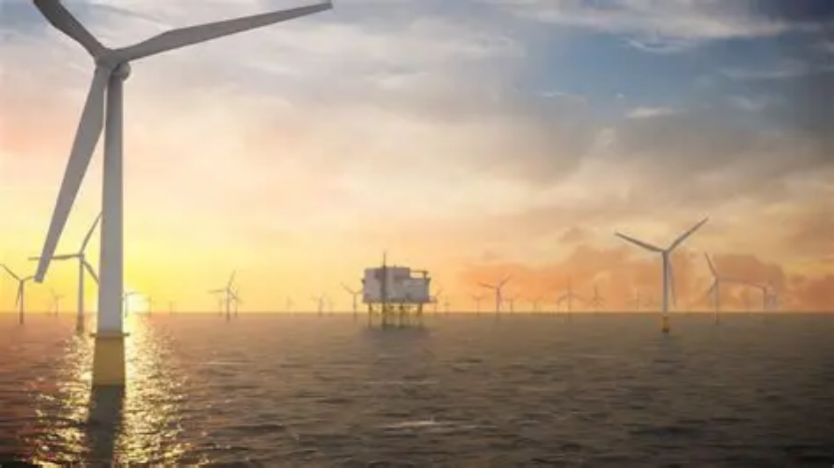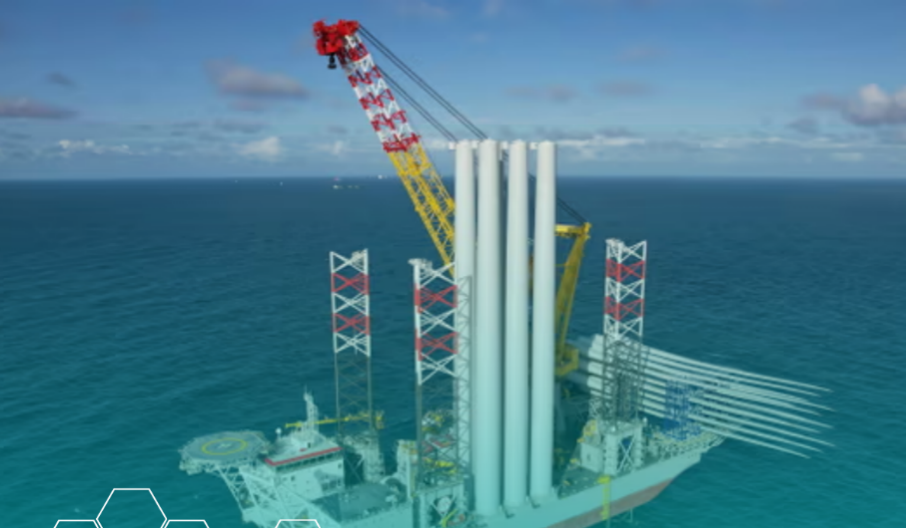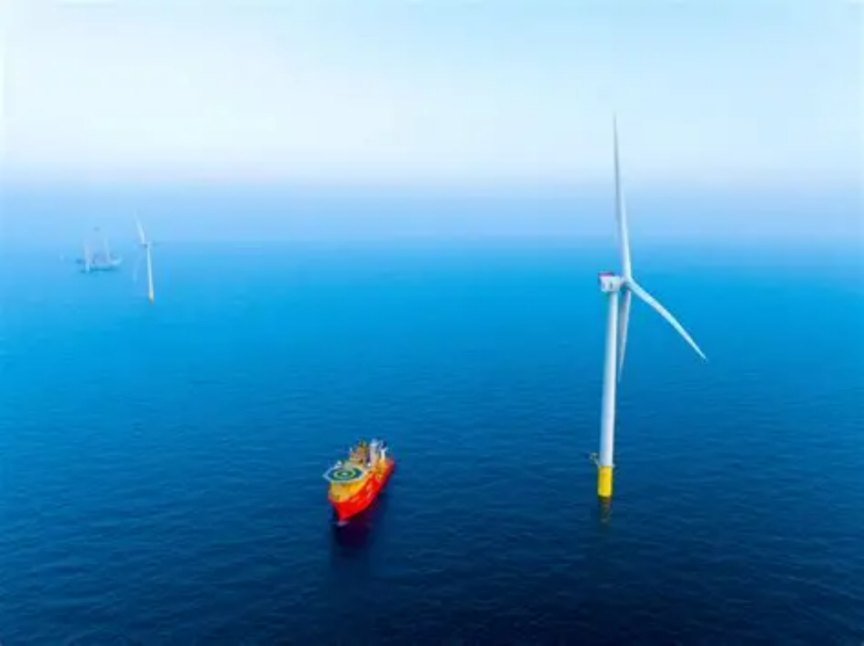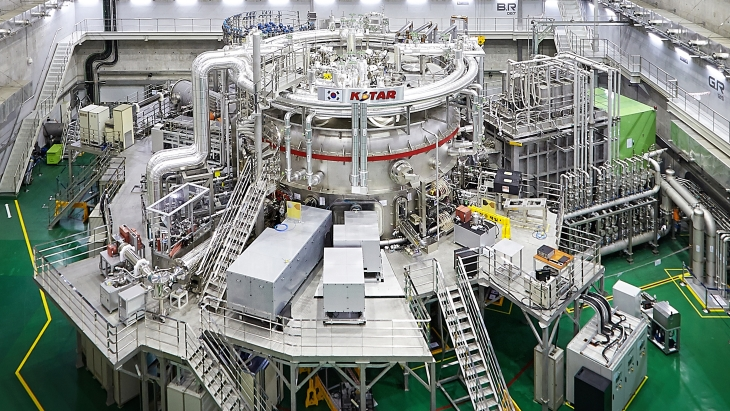Dogger Bank's Floating Wind Breakthrough: 1.4GW Sofia Project and North Sea Dominance

July 2025 marked a defining milestone for North Sea renewable energy as Dutch firm Van Oord completed installation of all monopile foundations for RWE’s Sofia offshore wind farm, a 1.4 gigawatt project set to become one of the largest in the world when operational in 2026. Located 195 kilometers off the UK’s northeast coast on Dogger Bank—a shallow region in the central North Sea—the project represents a critical step in scaling mature offshore wind technology while reinforcing Europe’s leadership in the global energy transition. With 100 Siemens Gamesa 14 megawatt turbines spread across 593 square kilometers, Sofia will generate enough electricity to power 1.2 million British households annually, equivalent to removing approximately 800,000 cars from roads each year.
Technically, Sofia pushes boundaries in offshore engineering. Its extreme distance from shore demanded innovations in construction logistics, including the deployment of the hybrid-powered service vessel Rem Power, which reduces fuel consumption through battery integration while housing 45 crew members in specialized living quarters during installation. By late 2025, Van Oord expects to complete 360 kilometers of array cable installation, connecting turbines to an offshore converter station that transmits power via high-voltage direct current cables to Teesside on England’s northeast coast. This infrastructure ensures minimal energy loss over long distances, a key challenge for far-offshore projects. While Sofia uses fixed monopile foundations suitable for Dogger Bank’s relatively shallow waters (50–60 meters), its scale provides valuable operational data for future floating wind developments in deeper North Sea regions.

Strategically, Sofia strengthens the UK’s position in the competitive North Sea wind race. With over three point zero billion pounds invested, the project aligns with Britain’s revised 2030 offshore wind target of 43–50 gigawatts, part of the government’s Clean Power Action Plan. It complements neighboring developments like Germany’s 253-megawatt Gode Wind 3, which began operations in early 2025, creating a transnational renewable energy corridor. RWE’s investment also boosts regional supply chains, with partnerships at the Technical University of Dresden training 1,500 engineers annually to support North Sea wind expansion. This ecosystem development is crucial, as the EU aims to quadruple offshore wind capacity by 2030 under its REPowerEU plan.

The project arrives at a pivotal moment for offshore wind economics. While global supply chain pressures have caused temporary cost increases, Sofia benefits from economies of scale—the 14-megawatt turbines generate 40 percent more energy than previous models, lowering per-unit electricity costs. Its success could accelerate adoption of even larger turbines and floating platforms needed to exploit deeper waters, where 80 percent of untapped North Sea wind resources lie. As Dr. Patrick Harnett of Ørsted noted, “Projects like Sofia prove that offshore wind has evolved from a niche technology to the backbone of European energy security.”
As construction progresses toward 2026 commissioning, Sofia exemplifies how strategic investment, technical innovation, and cross-border collaboration are transforming the North Sea into the world’s most advanced renewable energy hub. Its legacy will extend beyond clean electricity generation, shaping the skills, supply chains, and policy frameworks needed to maintain Europe’s leadership in the global transition to sustainable energy.
(Writer:Lany)





